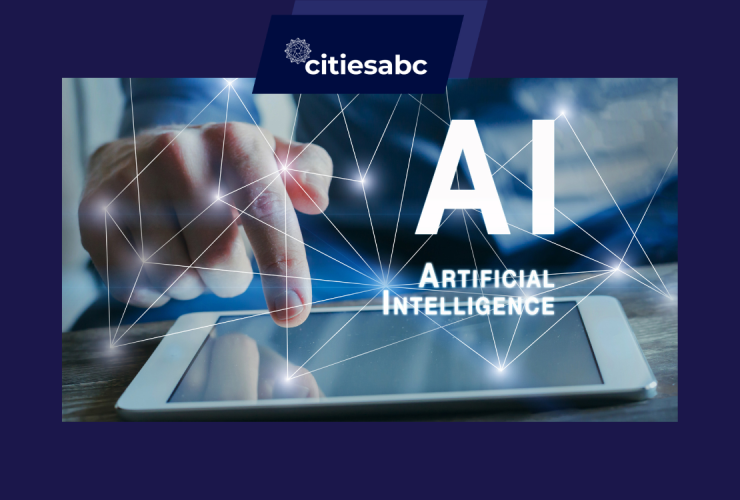This Is How AI, ML And Robots Are Changing The Future Of Arts

Categories :
The world is constantly evolving, and one of the most fascinating aspects of modern civilization is the ever-evolving art scene. As technology advances, so do the way art is created, consumed, and shared. While the future of art is impossible to predict, it’s clear that the art industry will continue to be influenced by technology.
This article is in collaboration with the online event ‘‘The Future of… Arts: Digital 360, NFTs, Metaverse, IP, AI.” Live on Dinis Guarda YouTube Channel on December 8 from 1 pm to 3 pm GMT.
One of the most significant changes to art in the near future will be the rise of computer-generated art. As AI and computational creativity technology continue to improve, we’ll begin to see more and more works of art created by computers. While this may seem like a daunting prospect to some, these works of art will be no less creative or valuable than those created by human artists.
In fact, the use of AI in Art creation goes a long way in breaking the boundaries of what means to be “creative”. In this regard, computational creativity studies also enable us to understand human creativity and to produce programs for creative people to use, where the software acts as a creative collaborator rather than a mere tool.
“Creativity seems mysterious because when we have creative ideas it is very difficult to explain how we got them and we often talk about vague notions like “inspiration” and “intuition” when we try to explain creativity. The fact that we are not conscious of how a creative idea manifests itself does not necessarily imply that a scientific explanation cannot exist. As a matter of fact, we are not aware of how we perform other activities such as language understanding, pattern recognition, and so on, but we have better and better AI techniques able to replicate such activities,” mentioned Ramón López de Mántaras, Artificial Intelligence Research Institute (IIIA), Bellaterra, Spain
The rise of artificial intelligence (AI) in art
The rise of artificial intelligence (AI) in art is a growing trend that has changed the way art is created, viewed, and enjoyed. AI has now become so widely used in art that it is almost impossible to separate the two. AI is being used in many different forms of art, from paintings and digital art to music and photography.
AI has been used to create art for decades, but it has only recently become widely accepted as a tool for creating art. AI can be used to generate art that is either entirely generated by an AI algorithm or is a combination of both human input and AI algorithms. AI algorithms are able to generate art that is both aesthetically pleasing and meaningful. AI can also be used to generate art that is more varied and complex than what a human artist could create.
The use of AI in art has been made possible by advances in computer technology. AI algorithms are now able to process complex data and generate art that is both aesthetically pleasing and meaningful. AI can analyze a large amount of data and generate art that has never been seen before. AI algorithms can also be used to generate art that is more creative and varied than what a human artist could create.
One example of it is Google’s DeepDream. This AI system uses convolutional neural networks to analyze images and then generate new ones based on the analysis. The resulting images are often surreal and psychedelic, with vibrant colors and shapes. DeepDream has been used to create album covers, posters, and other works of art.
“We train an artificial neural network by showing it millions of training examples and gradually adjusting the network parameters until it gives the classifications we want. The network typically consists of 10-30 stacked layers of artificial neurons. Each image is fed into the input layer, which then talks to the next layer until eventually the “output” layer is reached. The network’s “answer” comes from this final output layer,” said Google in the research ‘Inceptionism: Going Deeper into Neural Networks.’
Machine Learning + Robots
More recently, the use of AI in art has also been made possible by advances in machine learning. Machine learning algorithms are able to learn from data and generate art that is both aesthetically pleasing and meaningful. Machine learning algorithms can also be used to generate art that is more creative and varied than what a human artist could create.
Another example of AI art is the work of the artist Mario Klingemann. He combines machine learning with generative art to create pieces that are based on his own aesthetic. He uses a variety of algorithms and software to create his pieces. His artwork has been exhibited in galleries and museums around the world.









